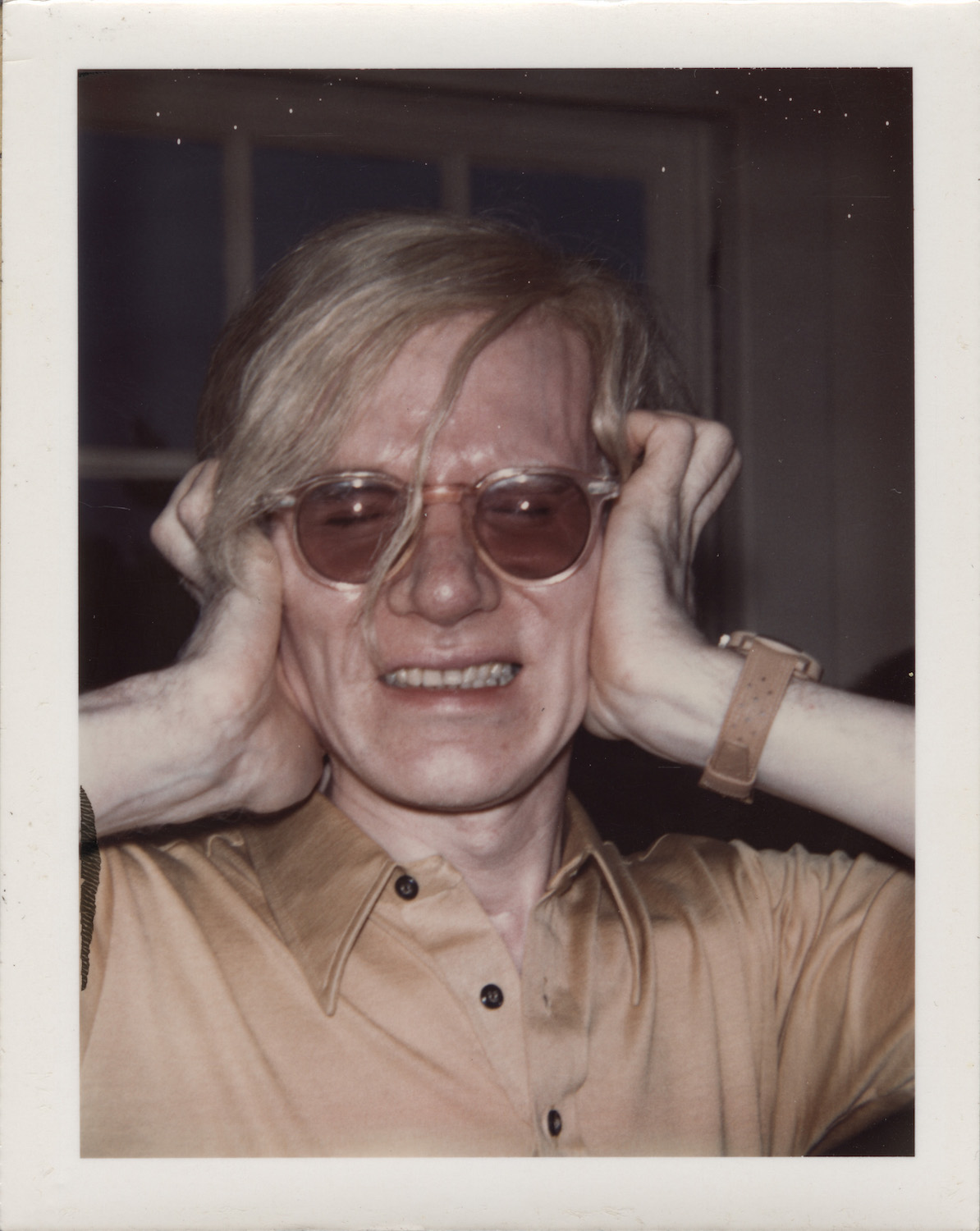Your cart is currently empty!
A Look into Warhol’s Love Life Off the Wall

The Andy Warhol Diaries, 2022
Netflix Limited Series
“If you want to know all about Andy Warhol, just look at the surface of my paintings and films and me, and there I am. There’s nothing behind it.”
—Andy Warhol
In his 1987 LA Times obituary of Andy Warhol, William Wilson called the artist “the deadpan Peter Pan of Pop Art,” mostly due to Warhol’s habit of answering both serious and absurd inquiries with monotone aphorisms. When asked what turned him on, Warhol’s po-faced quips and sly disinformation made his professed asexuality acceptable; consequently, it was easy to believe he was being sincere when he asserted that, “If you fall in love with someone and never do it, it’s much more exciting.”
From 1976 until his death in 1987, Warhol kept a diary by telephoning Factory associate Pat Hackett each morning to transcribe a recap of his previous 24 hours’ scandals and peregrinations. When Hackett’s selection of the entries was published in book form as The Andy Warhol Diaries in 1989, initial reactions revolved around who was mentioned and who was left out. But more importantly, as the Philadelphia Inquirer affirmed, “The diaries provide the definitive answer to the oft-asked question, ’What was Andy Warhol really like?’” Over 30 years later, it is a re-examination of this question and its many answers that drive the new six-episode Netflix series, The Andy Warhol Diaries.

Directed by Andrew Rossi and produced by Ryan Murphy, The Andy Warhol Diaries opens with a biographical recap and explanation of how Warhol affected the zeitgeist of the time. There’s plenty of previously unseen archival footage, but it’s essentially a standard biography of the artist up to the point Warhol was shot in 1968. In the second episode, the series moves away from Warhol’s public guise, concentrating instead on his recovery and life with lover and partner, Jed Johnson. It is this revelation that truly sets the series’ direction. Through his diary entries, and the occasional footnote by Hackett, it’s confirmed that Warhol was not only gay, but also sensitive enough to have his heart broken when Johnson left him. Nevertheless, emboldened by the realization that among friends he could now be whoever and whatever he wanted to be, Warhol quickly rebounded and began dating Jon Gould, an executive at Paramount Pictures. This ill-fated relationship is the subject of the third episode, which ends with the advent of AIDS and the death of Gould. The remaining episodes explore Warhol’s late career and final role as a sort of parasitic mentor to Graf legend Jean-Michel Basquiat.
Since Netflix drops little new science about his work, the content is fluffed somewhat by an unseen AI construct reading the diary in Warhol’s voice. However, it’s the specifics of his romantic affairs that makes the series interesting; as other reviews note, The Andy Warhol Diaries is essentially a love story. But Warhol crafted his public persona so thoroughly that exposing his private life for contemporary prurient interest does him a disservice. In fact, so do the talking heads that work way too hard to make Warhol an AIDS activist. When photographer Christopher Makos is pressed to concur that a graphic in Warhol’s 1986 Last Supper references “gay cancer,” he vehemently disagrees, insisting that Warhol was first and foremost an artist. At that time, after all, being successful, respected, and gay was activism enough.